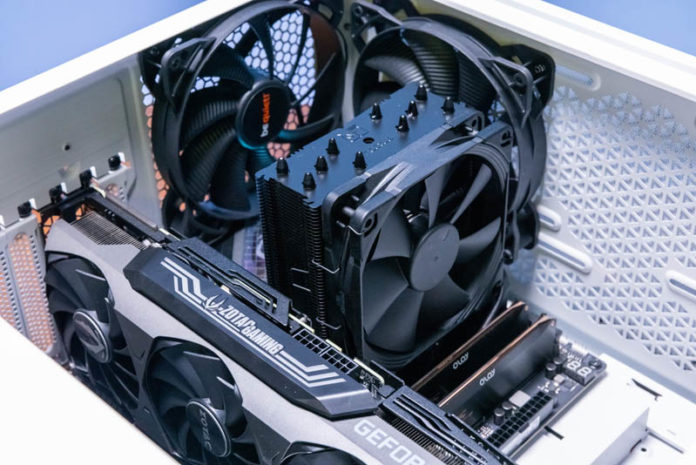
Today we have a bit of a fun weekend piece. We started using a system with a RTX 3070 and an older generation processor as a streaming system in some of our 1L Project TinyMiniMicro and STH Mini PC reviews. We were getting interesting performance in some titles we were using just to show low-latency game streaming over a network. Since the current generation hardware is getting a bit older and less expensive, it was time to raid the parts bin and build a new system. In this piece, we are simply going to show off what we used in the build.
New Streaming Test Rig with ASUS Be Quiet Sabrent Noctua Zotac and OLOY
First, we are using the ASUS STRIX Z690-E Gaming WiFi motherboard as our base. We previously reviewed this motherboard and it seemed like a good fit.
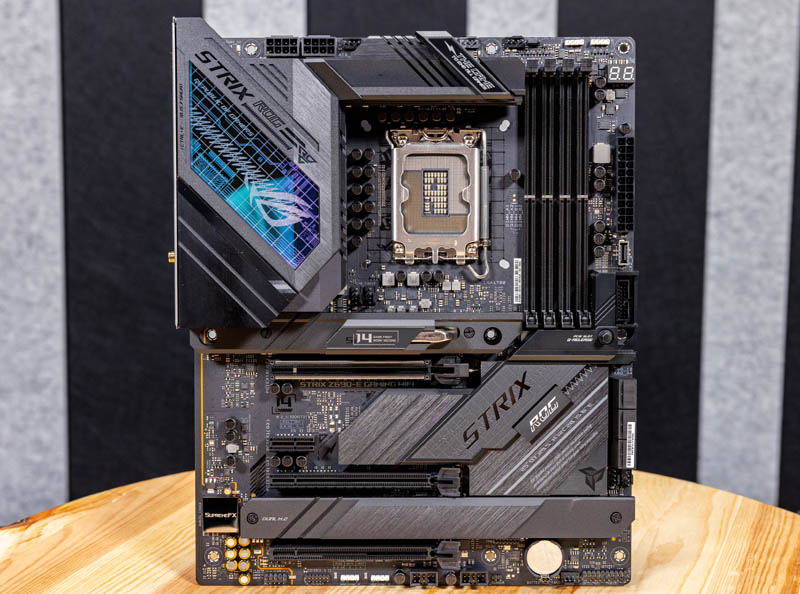
For the processor, we decided to use something higher-end.
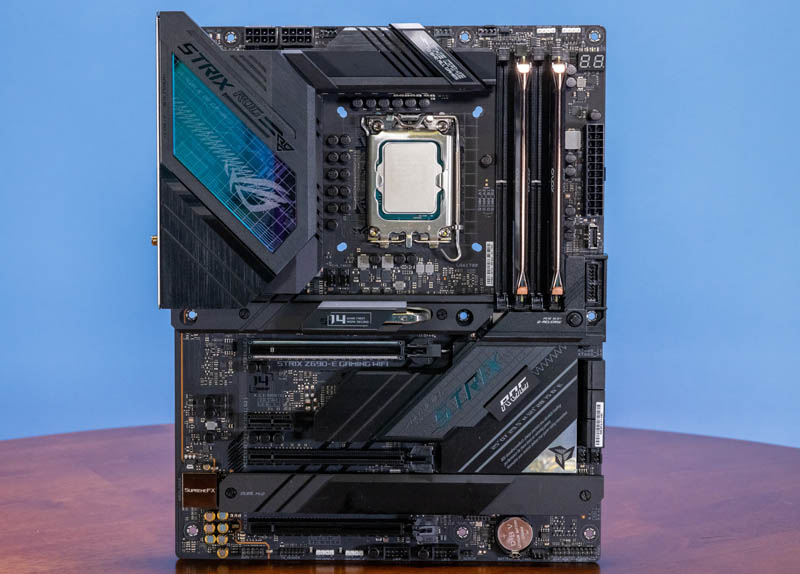
We are using the Intel Core i9-12900K CPU here. We certainly debated using a lower-end Core i7 that we had in the lab, but decided why not just use the best we had around.
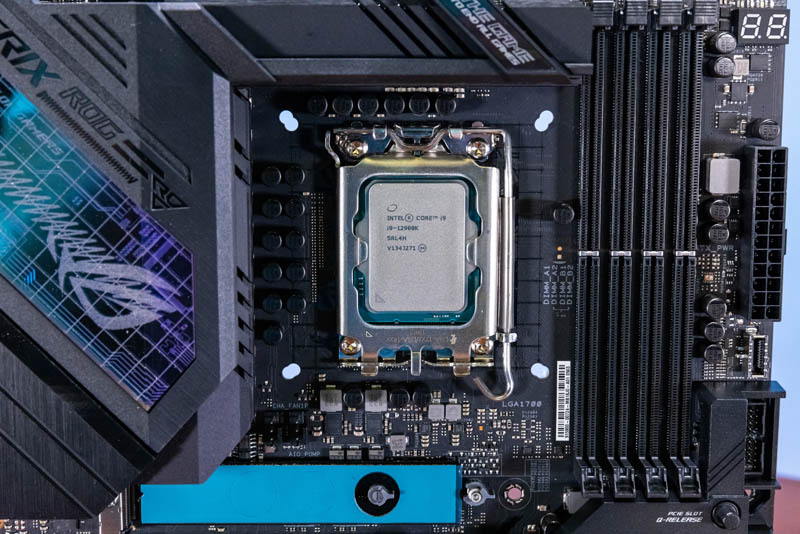
For the memory, we are using OLOY Blade Performance memory. These are far from beautiful modules, but this PC is being built out of what we had available. The DDR5-4800 memory was available, so that is what we are using.
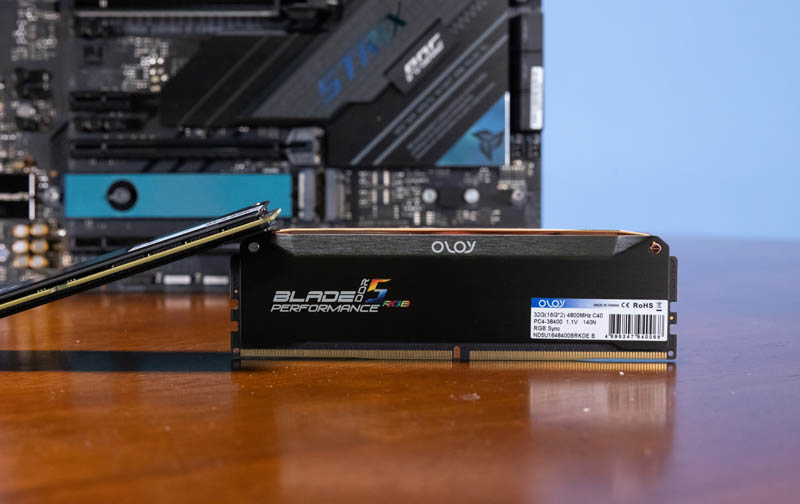
OLOY is not the most well-known RAM vendor, but in the early DDR5 days, this is what we could buy, and we had a decent amount of their low cost DDR4 modules so we purchased these and had them on the shelf to use.
Here is the memory installed with the Core i9.
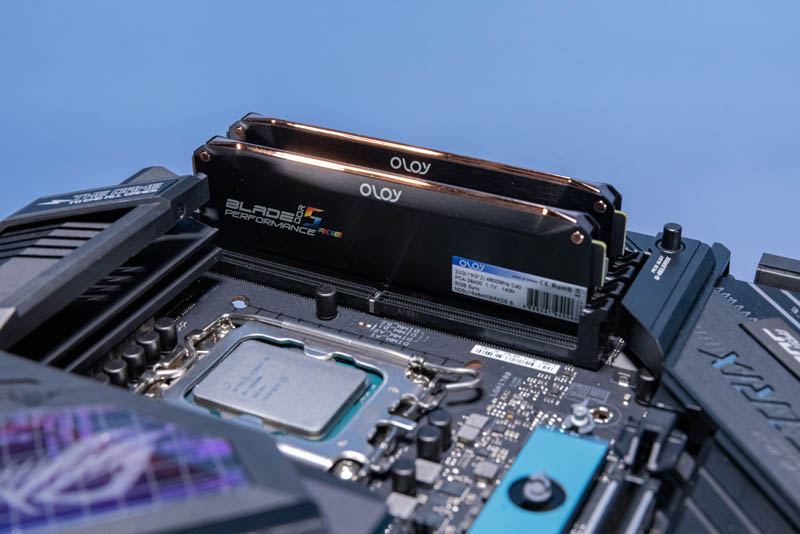
For OS storage, we are using the Sabrent Rocket 4 Plus 1TB. We are likely going to add more storage later but this was enough to get us started.
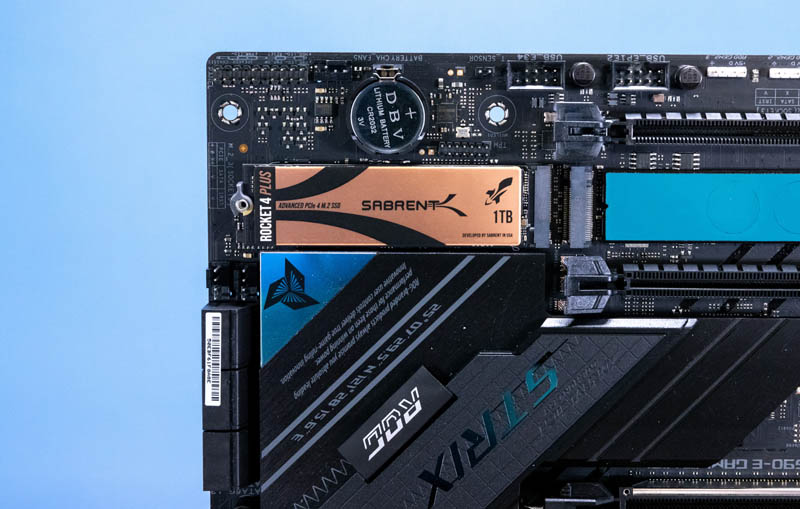
For the cooler, we are using the Noctua NH-U12S. There is a non-zero chance that we will replace this with an Ice Giant or a liquid cooler in the future.
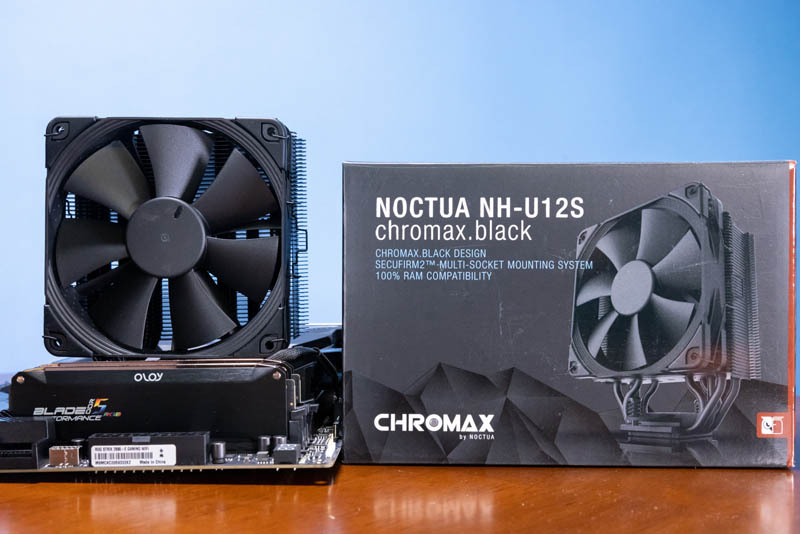
Still, we had it with the LGA1700 mounting brackets in the lab available so that is what we are using.
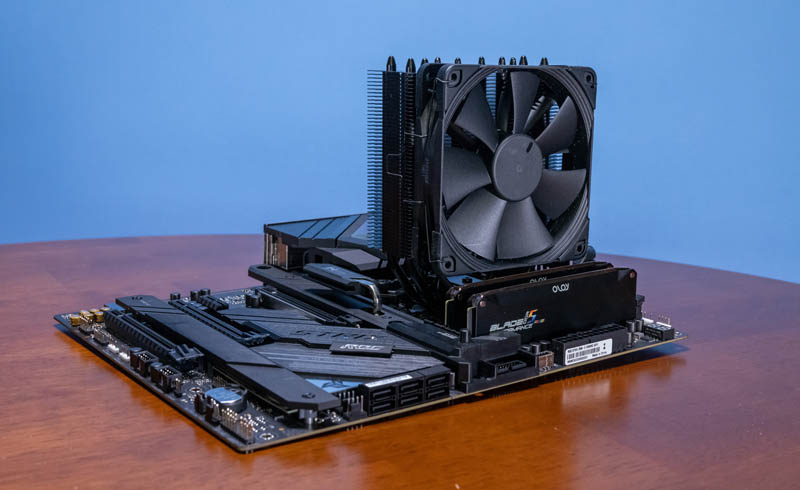
Also nice was that it fit around the memory and the ornamentation around the CPU socket.
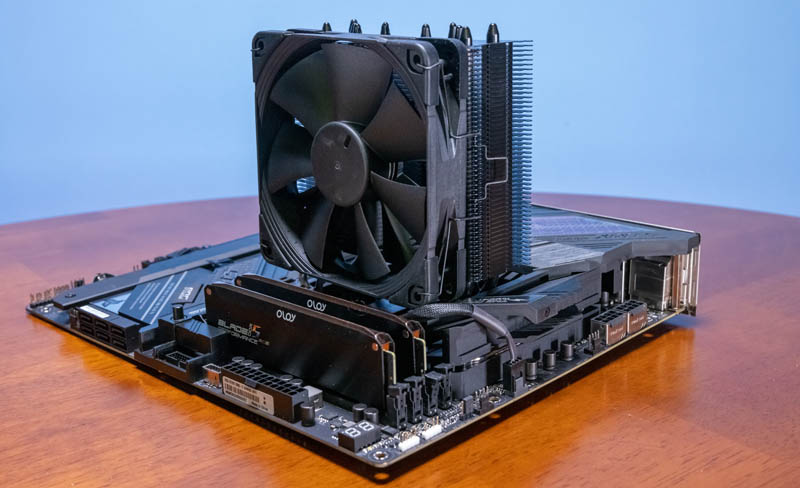
For the case, Be Quiet! sent the Pure Base 500 in white. We were supposed to get a different chassis for another built, but this is what arrived. So we wanted to put it to use. Black components, white case, this was great.
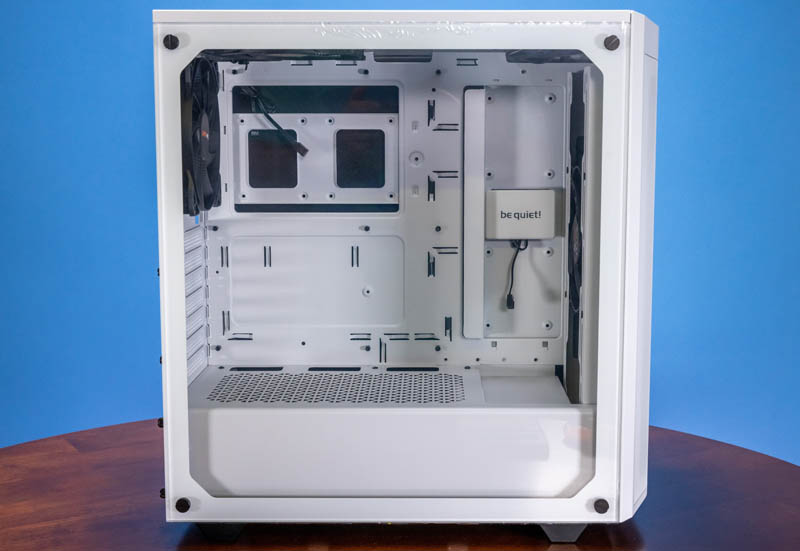
The chassis is already largely pre-wired. We will not use a lot of functionality like 2.5″ SSD and 3.5″ HDD mounting since we are using M.2 SSDs.
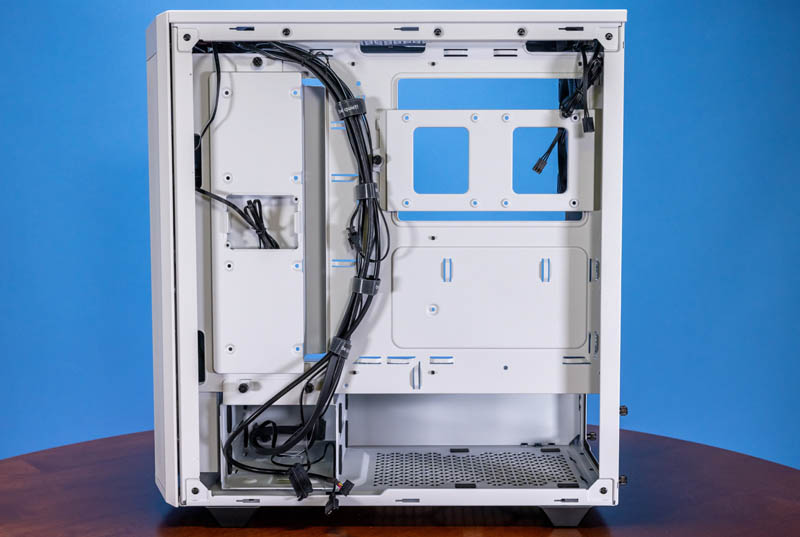
To match the case branding, we are also using the Be Quiet Pure Power 11 FM.
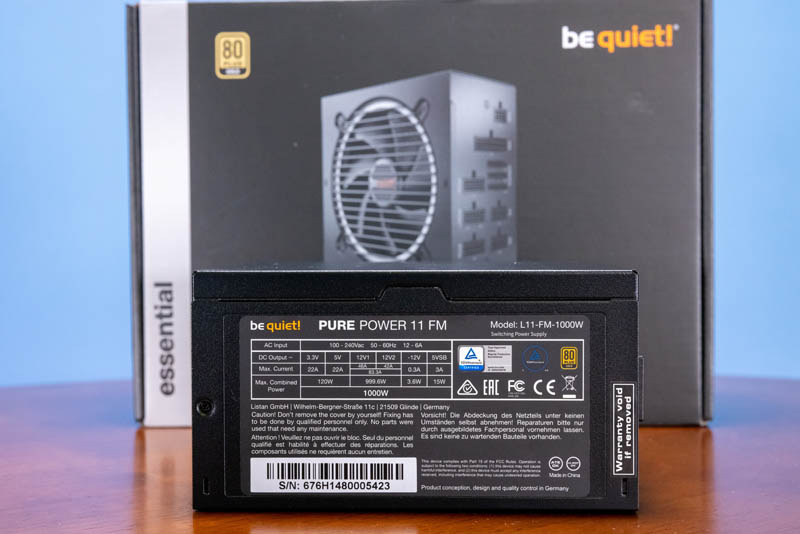
This is a 1kW 80Plus Gold PSU.
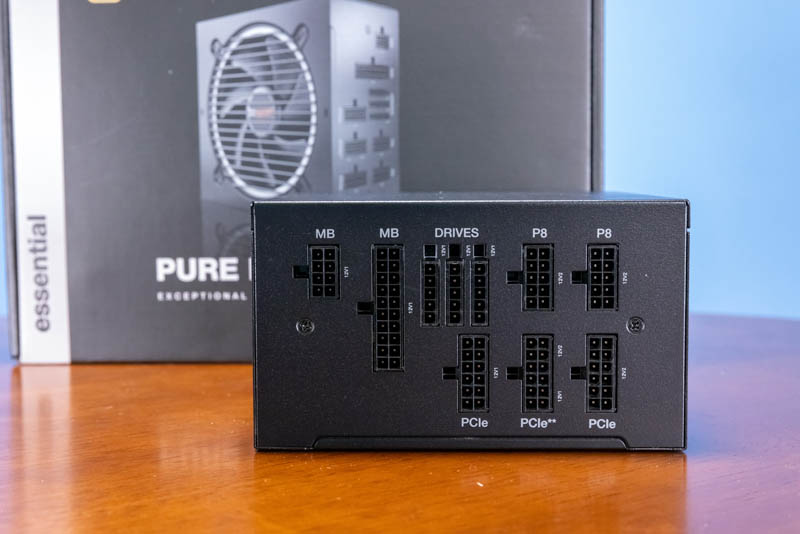
It is fully modular and has a large fan.
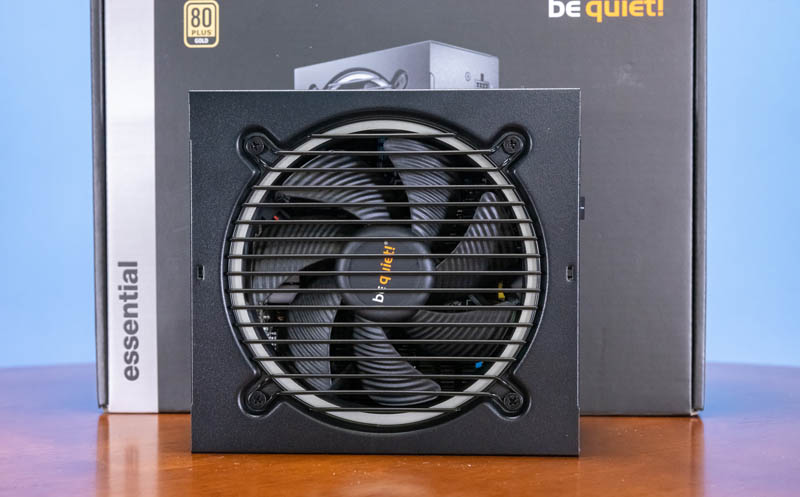
Also, it was relatively short depth compared to many of the 1.2kW+ PSUs we have been using lately, so it fit easily with some room to work.
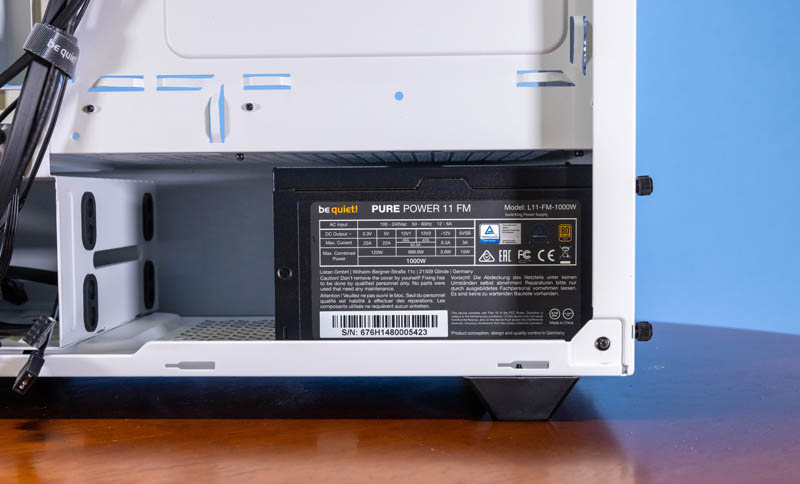
Here is a look with the motherboard installed.
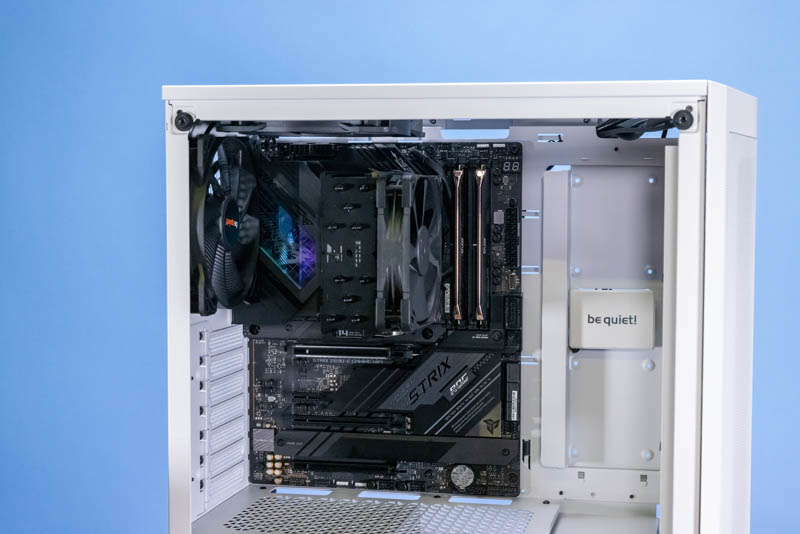
Here is another angle of the motherboard with components installed.
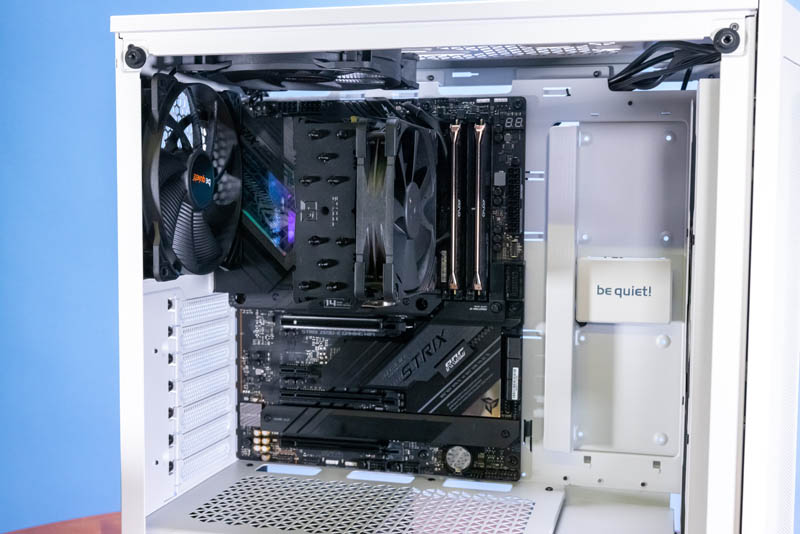
We are also using the Zotac GeForce RTX 3090 Trinity OC 24GB that we reviewed. We know the rumored RTX 4000 series is coming, but we wanted to use something that would let us stream 4K games to PCs we are testing.
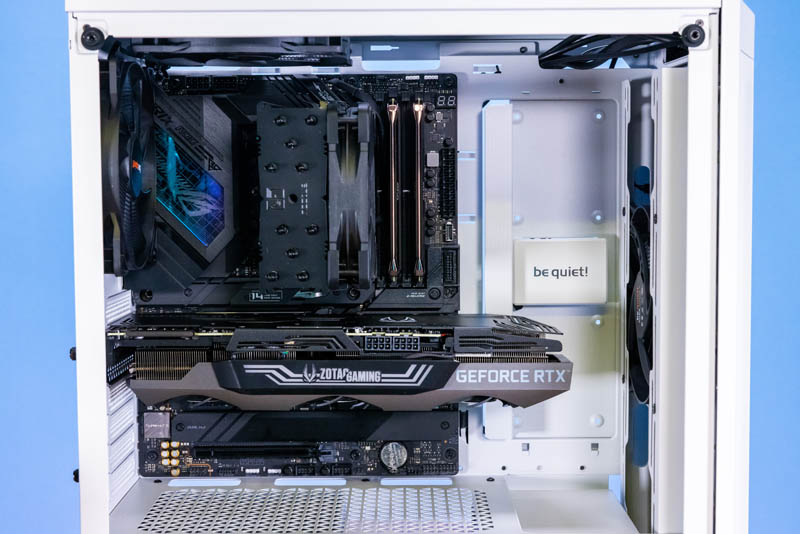
Here is another look a the system from a different angle. One item that was needlessly challenging was the extra retention around the PCIe card slots. The case had a secondary retention mechanism for the PCIe slots. In the Lenovo ThinkStation P620 as an example, the PCIe slot retention mechanism replaces traditional screws. In the Pure Base 500, it is in addition to.
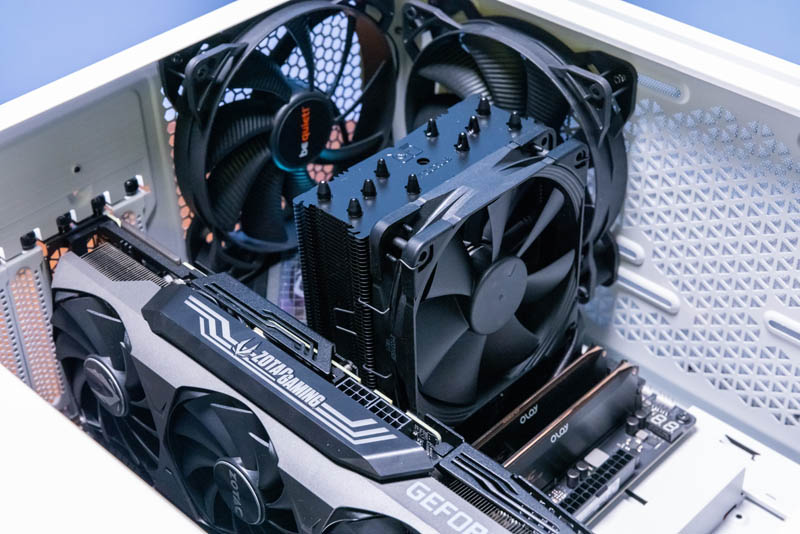
We are going to omit the cabling here to avoid inevitable comments that the cabling is not beautiful enough. This is a working machine. Also, in the future, we will probably add more storage as we transition our NVMe storage fleet to PCIe Gen5, aging out the Gen3 drives. This does not need a ton of storage, just enough to hold applications.
Final Words
Overall, this is a nice and fairly compact build. Something that I am reminded of, whether I am building a workstation like this or a small server, is that M.2 makes life so much easier. The lack of cabling between the drives for both power and data helps a lot. Although we omitted the cabling, the only real cables that are needed here are the front I/O and power, the power for the motherboard and the GPU, and then the fans plugging into headers.
Many will want to know why we did not wait for Zen 5 or the RTX 4000 series. The real reason is that a lot of the auxiliary test machines we use at STH are older-generation hardware. That frees up components for testing the newest generations.



